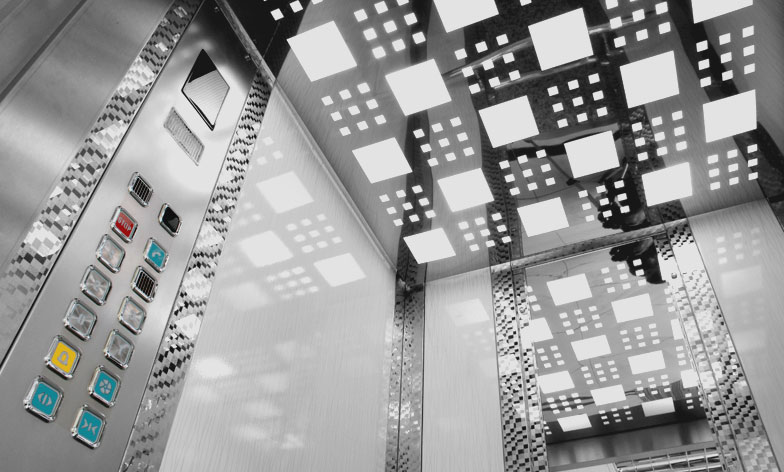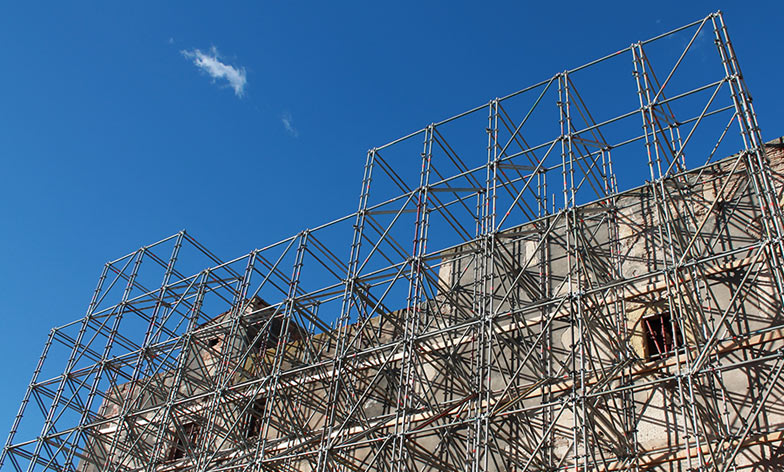
Rehabilitation Area
Comprehensive rehabilitation with technical and heritage vision
Building rehabilitation is a key part of FESA’s commitment to conservation, functionality, and the enhancement of the built environment. We approach each project with a technical, respectful, and innovative perspective, adapting to the specific characteristics of each property.
We have solid experience in the rehabilitation of protected buildings, where it is essential to combine respect for heritage with effective and up-to-date construction solutions. Our interventions cover both structural and aesthetic aspects, complying with the strictest regulations and preserving the historical value of each space.
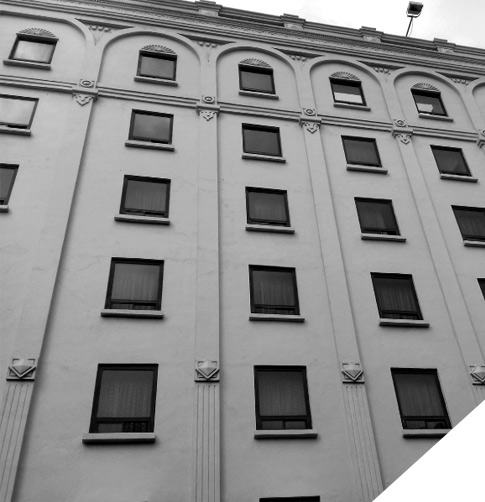
Our work on protected buildings includes:

Detailed structural and technical diagnostics.

Coordination with regulatory authorities.

Use of materials compatible with historical structures.

Non-invasive techniques and specialized restoration.

Aesthetic and functional recovery of heritage spaces.
Interior spaces: recovering to transform
At FESA, we see interior rehabilitation as an opportunity to renew, modernize, and adapt spaces to meet new needs. From residential properties to commercial premises, offices, or public-use facilities, we carry out comprehensive interventions that enhance habitability, efficiency, and comfort.
Our technical team works in a coordinated manner to deliver tailored solutions, focusing on both design and functionality, always upholding the highest standards of construction quality.

Interior rehabilitation with added value:

Full renovations of homes and commercial spaces.

Compliance with accessibility and energy-efficiency regulations

Redistribution and optimization of interior layouts

High-quality, durable finishes.

Integration of technology and contemporary design.
Large-capacity space renovation
We have solid experience in rehabilitating major infrastructures and public spaces with high technical demands: theaters, sports centers, educational institutions, municipal facilities, and other high-traffic venues. In these settings, careful planning, safety, and specialized execution are essential.
FESA ensures rigorous processes and tailored solutions that meet the intensive use and regulatory requirements of such projects.
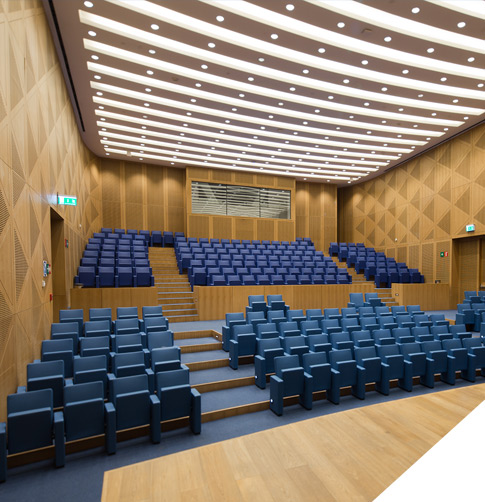
Specialists in large-scale spaces:

Advanced technical assessments and phased planning.

Coordination with technical teams and public entities.

Structural, aesthetic, and functional interventions.

Solutions for intensive use and regulatory compliance.

Long-lasting, high-impact results.
Façade Rehabilitation: Efficiency and ITE Compliance
One of FESA’s most in-demand services is façade rehabilitation — a key intervention to enhance not only the aesthetic appearance of buildings, but also their structural safety and energy performance. Our work on façades is fully aligned with ITE regulations (Technical Building Inspection), ensuring compliance with current legal and technical requirements.
We apply next-generation solutions such as ETICS (External Thermal Insulation Composite Systems), which significantly improve energy efficiency, thermal insulation, and durability—drastically reducing a building’s energy consumption.
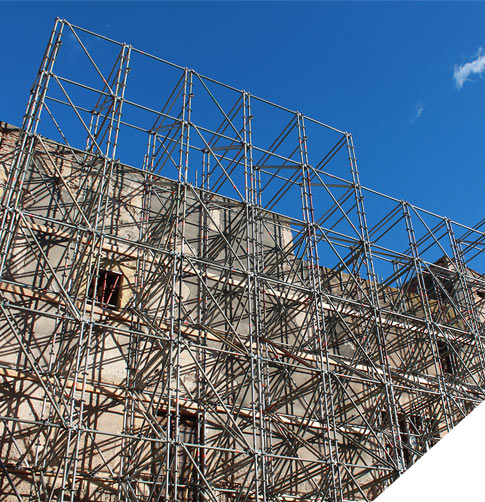
Benefits of our façade solutions

Full compliance with ITE regulations

Application of SATE and external insulation systems.

Reduced energy consumption and emissions.

Aesthetic, structural, and functional improvement.

Increased property value and extended building lifespan.





Management that drives every project


